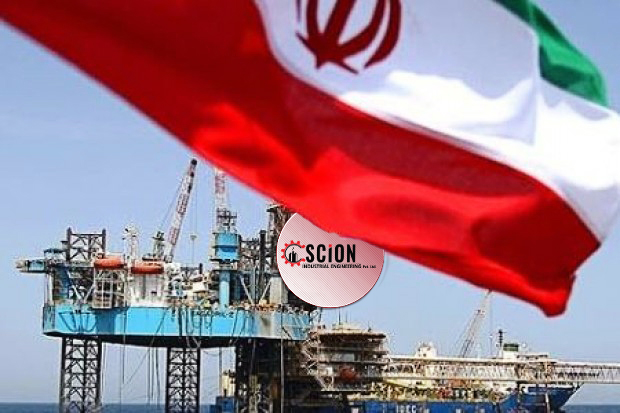I ran Chamber of Commerce, Industries, Mines and Agriculture has proposed an Asian model for economic development to weather the current storms facing the Iranian economy.
In remarks on Sunday, Gholamhossein Shafei described the economy as being “in no good shape” and said the country should create a strong entity whose power supersedes all government branches and which sets major policies to navigate the country’s economy.
“We need to follow in the footsteps of countries that faced the same crises and ultimately overcame them, and use their successful experience to solve our own problems,” Shafei said at the latest gathering of ICCIMA’s board of representatives.
Shafei stressed the need for a major decision-making body to enforce real reforms and take the helm of the country’s economy for the next five to 10 years.
In this context, the ICCIMA chief referred to Asian countries with notable economic achievements in recent decades, such as China, Malaysia and three of the four Asian tigers–Singapore, Taiwan and South Korea.
Shafei referred to the National Development and Reform Commission of China, the Council for Economic Planning and Development in Taiwan, the Economic Development Board in Singapore and Economic Planning Board in South Korea, which has devised three five-year plans for the country.
In the proposed model, he envisioned an entity comprising seasoned government experts, representatives from the Supreme Leader’s office, judiciary and parliamentary figures, distinguished academics in social and economic fields, private sector executives introduced by ICCIMA and labor union representatives.
He relegated the duty of drafting economic legislation and development plans to the proposed entity, instead of the government.
“The implementation of decisions made by such an entity,” he said, “would be incumbent upon all the ministries active in the sphere of economics.”
It is unclear if such a bold proposal would be granted a serious consideration in state circles, but the government and other decision-making bodies have routinely urged the private sector to come up with suggestions to solve the the country’s seemingly insurmountable obstacles.
Shafei, along with other business figures present in the meeting, sounded the alarm on rising inequality, poverty, unemployment and declining real wages.
Protests Revisited
Shafei’s comments come as the fallout from recent nationwide protests over price rises and economic mismanagement is still fresh in the minds of officials and the public.
Reflecting the mood, several ICCIMA officials took to the podium to voice concerns over legitimate public demands that need to be heard and addressed.
Shafei, however, noted that social and economic ills should not be a cause for despair and complacency.
“Acute economic troubles over time have caused the wounds to open and led to recent protests,” he said.
Quoting a speech by the Leader of Islamic Revolution Ayatollah Seyyed Ali Khamenei in which he called for extra vigilance in the face of steep challenges, Shafei said the current circumstances require “extraordinary measures” to tackle them.
Since the signing of the landmark nuclear deal with world powers in 2016, Iran received relief from sanctions that had battered the economy. However, ordinary Iranians have not benefited from this relief due to lingering US sanctions, which continue to discourage major international banks from dealing with Iran, its chronic structural problems and the heavy role of the state in the economy.
Also on Sunday, President Hassan Rouhani once again reacted to recent public protests and said “the people must be heard” and that some of their actions are legitimate acts of protest.
“Even in London and New York such protests could [turn violent] and some vandalism occurs, but we should not paint everybody with the same brush,” Rouhani was quoted as saying by IRNA.
Source:https://financialtribune.com/articles/economy-business-and-markets/79998/asian-development-model-proposed-by-iran-private-sector


